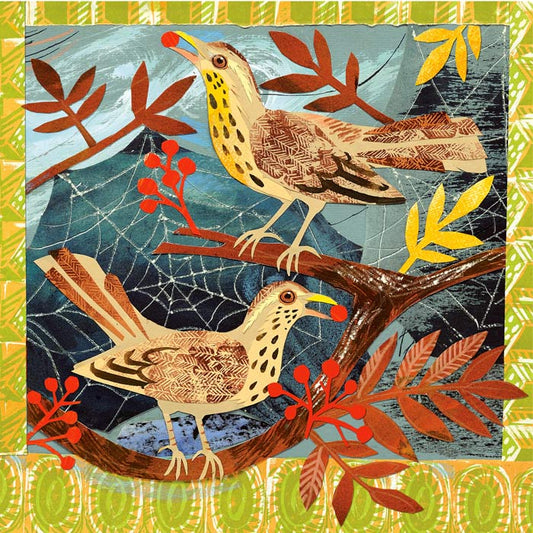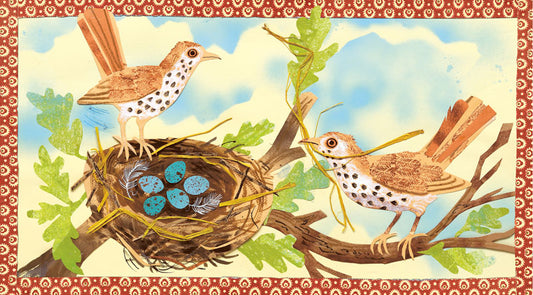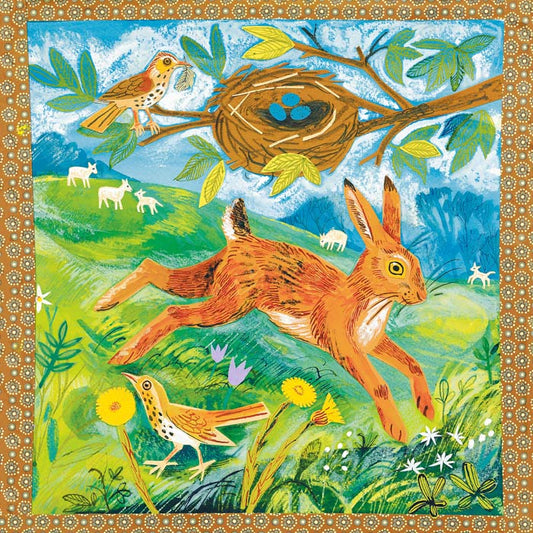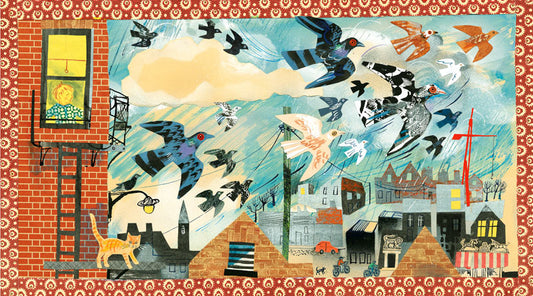Collection: Mark Hearld
Inspired by nature, a set of exuberant, joyful and vibrant collage-based prints, signed and numbered by this highly-regarded artist and illustrator.
A First Book of Nature, written by Nicola Davies, is full of images of nature that a child might encounter and be fascinated by. Mark imparts his enthusiasm for the natural world simply and directly. On illustrating A First Book of Nature, Mark says: “Paper-cut pigeons fly through the air and collaged fish swim in a rock pool – this book has been a joy to illustrate. Nicola’s text is so observant and particular, its rich cast of creatures a delight to bring to life.”
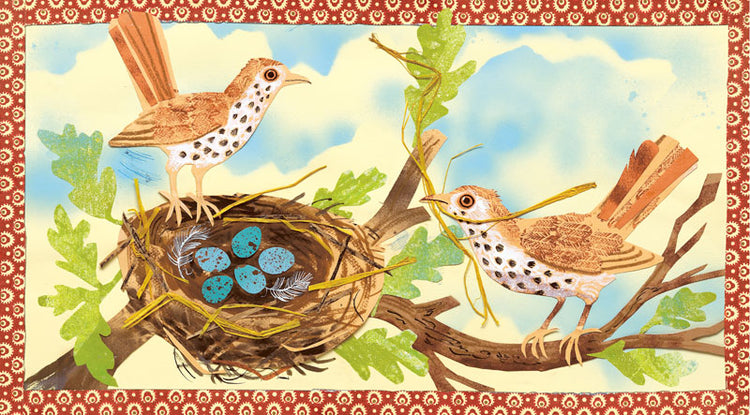
Collapsible content
More on Mark Hearld
Mark Hearld is an artist and designer whose distinctive style is influenced by mid-twentieth-century neo-romanticism, the gaiety of 1930s modernism and British folk art. He is inspired by artists such as Eric Ravilious, John Piper and Edward Bawden.
Mark has an unbridled passion for making, and his extraordinary creativity leads to collaborative projects with artists and traditional craft makers across multiple disciplines.
Collage is central to Mark Hearld’s artistic output, not only as a medium but as a process that is firmly rooted in twentieth-century art. Collage was a technique used by Matisse, Picasso and John Piper to introduce abstraction into their images. Mark similarly uses this means of abstraction, combined with his traditional academic training and careful observation, to inform his creativity.
Mark Hearld studied Illustration at Glasgow School of Art before completing an MA in Natural History Illustration at the Royal College of Art. Mark works across a number of media, producing limited-edition lithographic and linocut prints, unique paintings, and hand-painted ceramics, as well as collage. His work is now exhibited all over the UK, including several solo exhibitions, most notably with Yorkshire Sculpture Park. He is in demand as a curator of exhibitions and collections, including The British Folk Art Collection at Compton Verney in Warwickshire, for which he produced new work in response to the collection.
-
Mark Hearld - Autumn
Regular price From £185.00 GBPRegular priceUnit price / per -
Mark Hearld - Nesting
Regular price From £265.00 GBPRegular priceUnit price / per -
Mark Hearld - Spring
Regular price From £185.00 GBPRegular priceUnit price / per -
Mark Hearld - Patchwork Pigeons
Regular price From £265.00 GBPRegular priceUnit price / per

